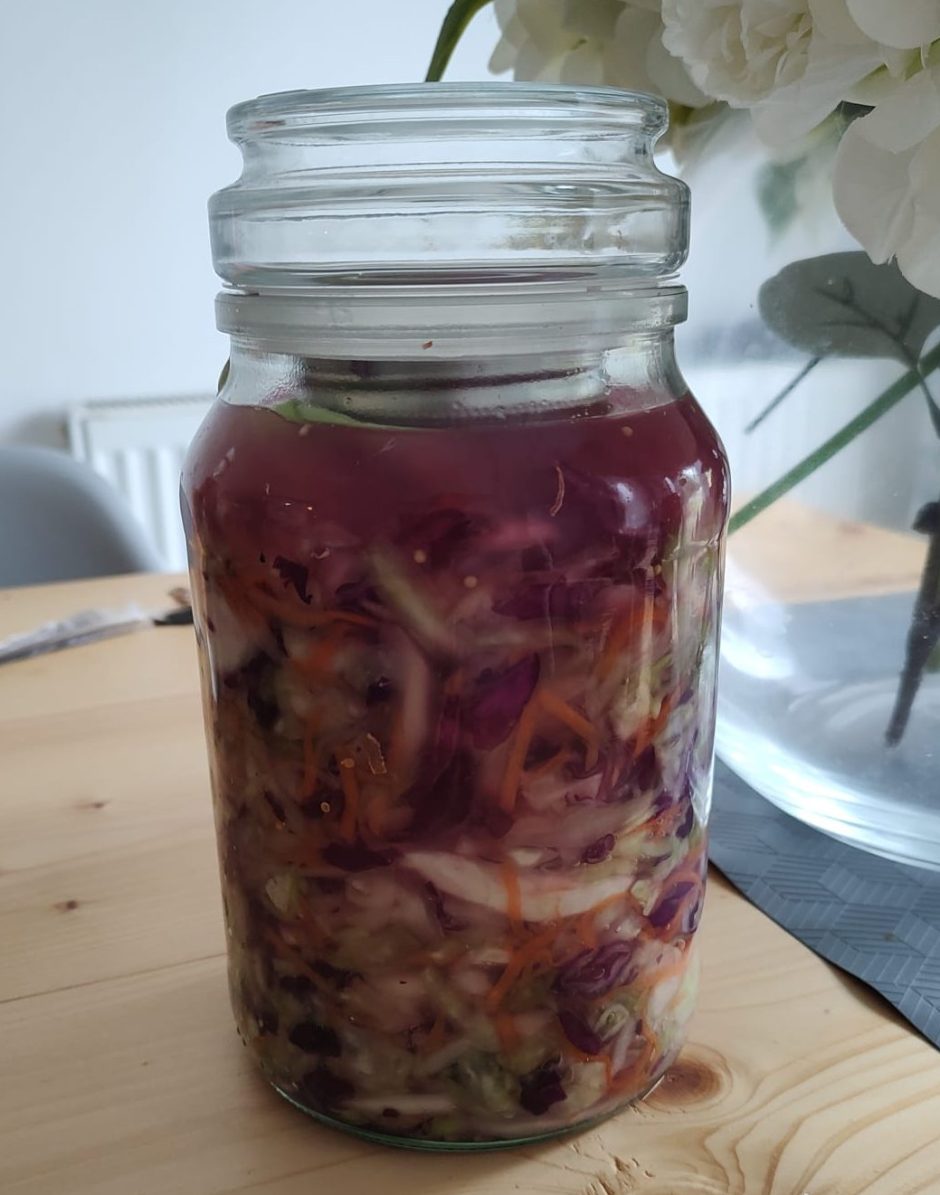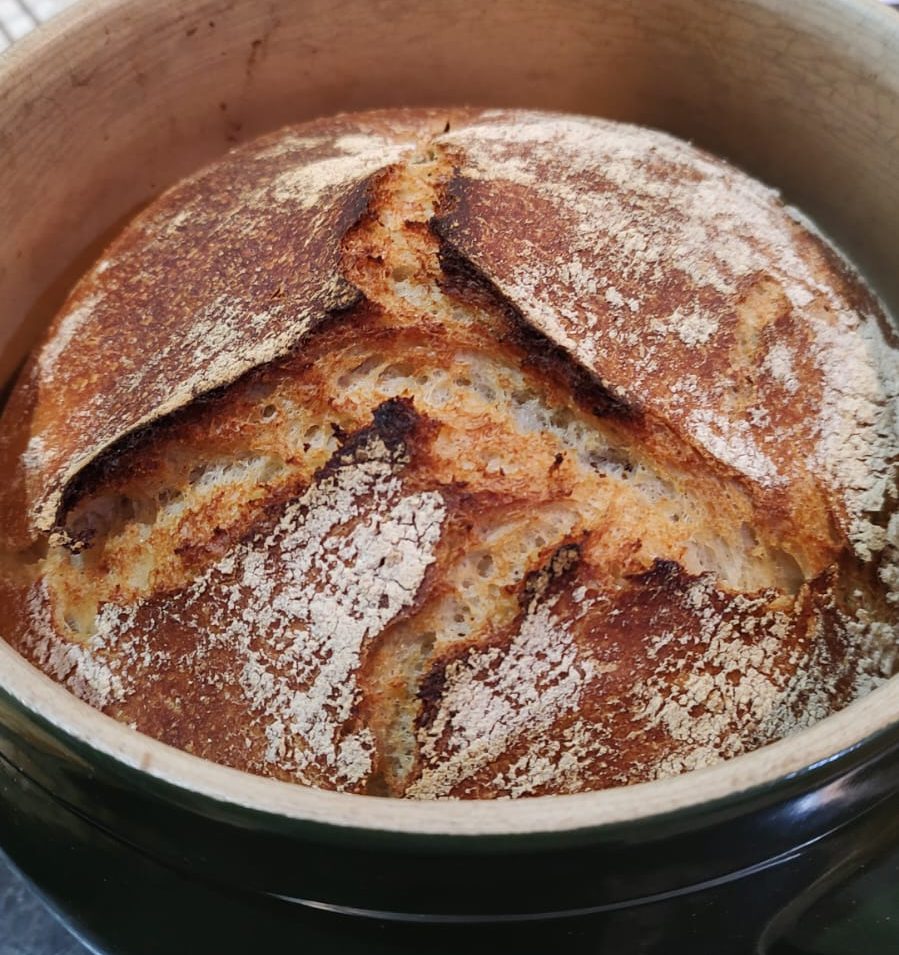In writing this series of posts on ‘Nutrition. Wellness. Habits,’ over the past 98 days, responding to comments and explaining these ideas further, whilst continuing to “educate myself,” as I go, it has become more evident the confluence of “nutrition, wellness and habits” flexes to your current outlook, your future aims and past experiences. If these marry with improving your long-term health, reversing ill-health, or like me, losing weight, then Dr Mosley summarises three stages in the “million-copy best-selling” Fast Diet 800 (2018). When I get time, I will thread my personal and lived experience with his current commentary and new research.
Rapid weight loss. This was my original personal focus and outlook, no specific personal weight aim or target although I did have a suit I wanted to get back into. Plus I knew better than to rely on scales to tell me if I was making progress towards my aim.
My future aim – to look and feel healthy. It is now as much about my well-being as it is about my weight and health.
Past experiences – my weight has fluctuated but it has been more over-weight as I moved into my forties. I have a Sport Science background and as it turns out, most of what I thought I knew about nutrition (macro nutrients, calorie deficits, exercise) was erroneous.
Stage 1 – rapid weight loss (2-12 weeks)
- Rapid weight loss can be safe, is effective, and contrary to popular beliefs, people who lose weight more quickly, keep it off
- Fear of ‘starvation mode’ is not upheld by the science
- Flipping the metabolic switch: Dr Mosley signposts low-carb, low-calorie (replace low-calorie for eat less), that promotes a state of mild ketosis – a metabolic state that occurs when your body burns fat for energy instead of glucose and suppressed your appetite (downsides such as headache and light headiness are thought to be linked to hydration)
- Improve insulin resistance by:
- Cutting back on sugar (juices and smoothies), sugary treats, drinks and desserts is key
- Minimise or avoid starchy carbs and refined grains – “side-step beige” processed bread, cereals, white pasta and rice, potatoes
- Switch to whole grains and add legumes, (lentils, beans and chickpeas)
- Learn about the food matrix and food eating order (PPFs – plants, then proteins and fat, then starches if you have them)
- More protein, fat and fibre promotes satiety (fullness) – breakfast has been completely overhauled
- There is more to food than just unreliable and inaccurate calories
- Exercise for wellness – it has minimal impact on weight-loss (it can actually do as much harm as good)
- Around 70% of a calorie expenditure is our pre-set resting metabolic rate, the energy our cells use keeping us alive; around 10% is expended through the act of digesting food, leaving only about 20% for physical activity, of which around half is for small movements, fidgeting, sitting and standing. Only around 10% of the total expenditure that can be manipulated for most people. This 10% expenditure, amenable to change, is ten times less than reducing the 100% of energy that goes into your body as food.
- Start your day positively – with exercise (press-ups from my knees and a 30 minute walk and podcast)
- Day #103 I start the day now with 50 push ups having started at 3 x 15. A daily minimum of two sets every day
- Park and walk, take the long route, use the stairs on any errand… you know the drill
- Step counts may be nonsense however – 15k minimum every day
- Start your day positively – with exercise (press-ups from my knees and a 30 minute walk and podcast)
- Around 70% of a calorie expenditure is our pre-set resting metabolic rate, the energy our cells use keeping us alive; around 10% is expended through the act of digesting food, leaving only about 20% for physical activity, of which around half is for small movements, fidgeting, sitting and standing. Only around 10% of the total expenditure that can be manipulated for most people. This 10% expenditure, amenable to change, is ten times less than reducing the 100% of energy that goes into your body as food.
- Build food habits
- time-restricted eating (also helps minimise snacking)
- explore, experiment, educate (self-education is empowering)
- Fermented foods, foraging, home baked bread
- food order: PPFs – plants, then proteins and fat, then starches (if you have them)
- deliberate shopping, batch cooking, preparation (and travel food) and portioning
- 50+ plants every week – closer to 70+
- Tracking your progress (weight and wellness) body measurements, heart rates, clothes – over scales. Weight fluctuates (food, body composition, hydration)
- If you are intent on tracking weight, do so cautiously, occasionally but routinely: first thing in the morning, before you eat, drink and after your 50 push ups
- Your body decides where and when it loses fat
- Learn about the food matrix and food eating order
Stage 2 – shorter eating windows (fasting – maybe)
- The move from eating significantly less, to eating clean and portion control, more than one course
- Time restricted eating directed my eating habits – (12:12)
- Dr Mosley 5:2 diet advice was to fast 2 days a week – intermittent fasting
- Shorten your eating window (14:10) – you may need some better fitting clothes too
Revisiting Stage 2 is always an option.
Stage 3 – be healthier, happier, live longer
- Keep investing in those habits
- Aim for 7 days, however, Dr Panda outlines that 5 out of 7 can be tolerated (well – by mice at least)





Pingback: Nutrition and the 3 Es over #104 days – Edventures
Pingback: Wellness and body composition management Day #125 – Edventures
Pingback: Home-baked bread to home-school sourdough (part I) – Edventures